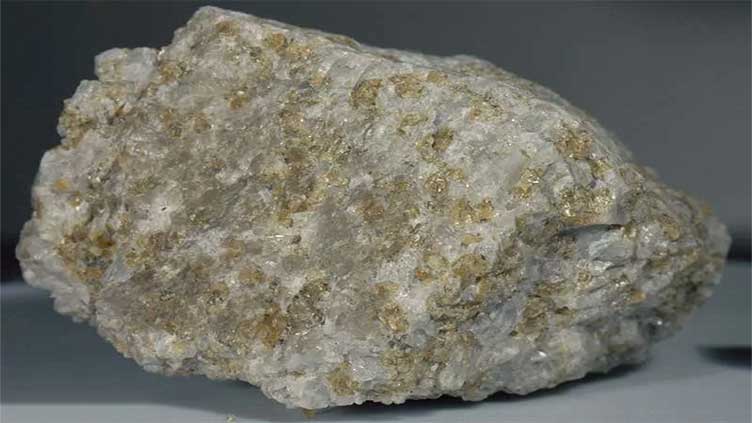Scientists find hydrogen in Apollo moon rocks

Technology
Astronauts can harvest lunar water
(Web Desk) - A fresh analysis of moon rocks brought home during the Apollo missions has, for the first time, revealed the presence of hydrogen.
This finding suggests future astronauts could someday use water available right on the moon for life support and rocket fuel.
Researchers with the U.S. Naval Research Laboratory (NRL), to whom NASA provided the lunar samples for a research study, announced last week that they discovered hydrogen in lunar soil sample 79221.
The detected hydrogen is thought to have been brought into existence by incessant showers of solar wind, and even comet strikes, on the moon.
"Hydrogen has the potential to be a resource that can be used directly on the lunar surface when there are more regular or permanent installations there," study lead author Katherine Burgess, a geologist at NRL, said in a statement.
"Locating resources and understanding how to collect them prior to getting to the moon is going to be incredibly valuable for space exploration.
Per one NASA estimate, it would cost thousands of dollars to launch a bottle of water to the moon. So to cut costs, ice on the moon can be used in-situ as water for astronauts — and, in fact, may also be broken down into its components (hydrogen and oxygen) to be used as rocket fuel for journeys between the moon and Earth.
Perhaps it can be used to bring humans to Mars as well someday; perhaps beyond.


